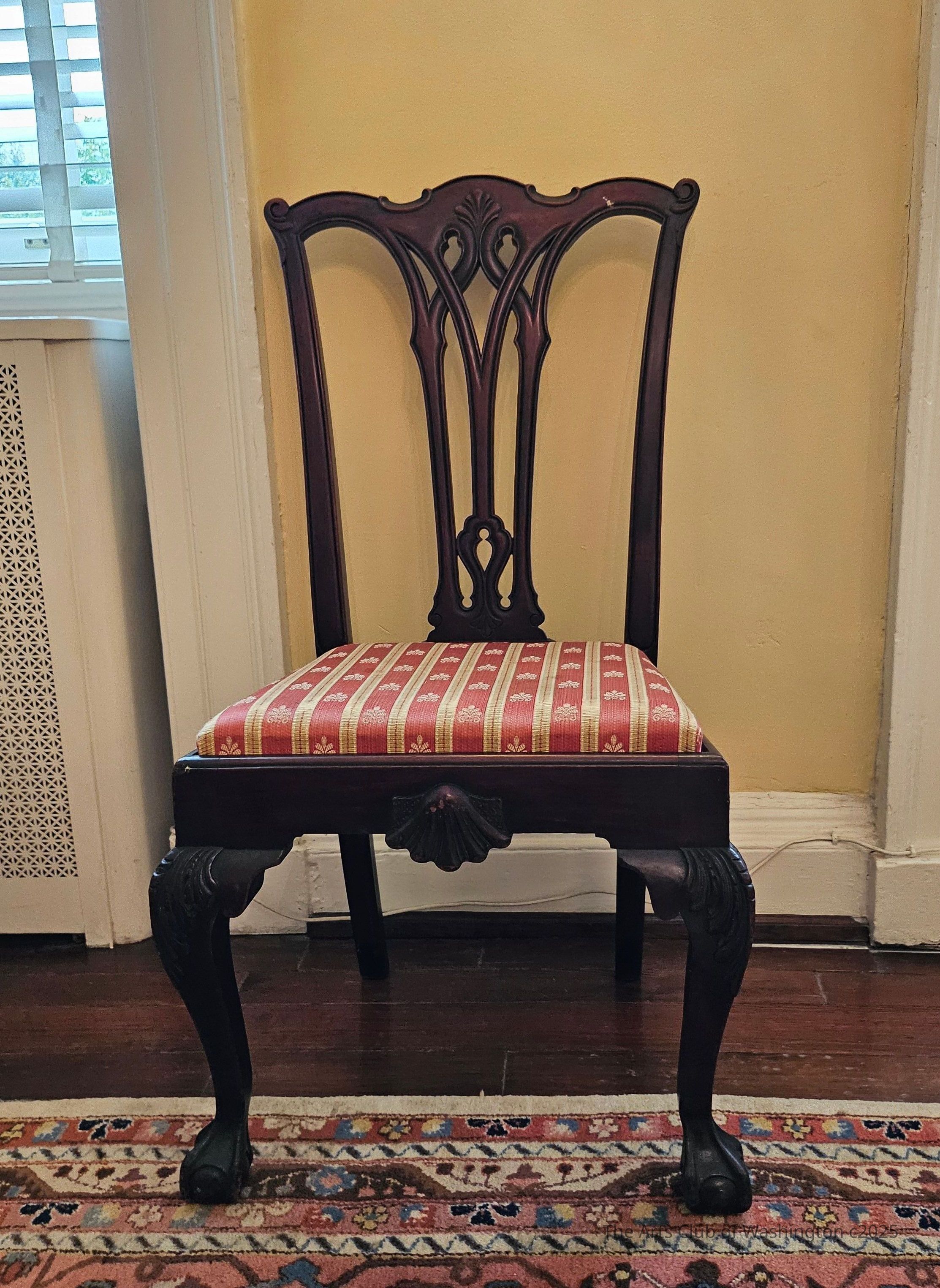Note Type
StyleNote
Most historical sources believe that the ball and claw design was derived from the Chinese: a dragon’s claw grasping a crystal ball, or a pearl, or sometimes a scared, flaming jewel. The designs of Asian artisans came to the attention of Europeans through trade. Porcelains, chinoiserie, and bronzes also displayed examples of the ball and claw.
The design element first appeared in Great Britain on silver. Craftsmen in other arts, textiles, furniture, and glass quickly copying this ‘trend’ of consumer interest in exotic, far away lands. English cabinetmakers are credited with transforming the dragon’s claw into a bird’s talon or a lion’s paw; the lion representing English authority. The ball and claw was especially popular in England from 1710 until 1750.
Mistakenly, many may attribute the ball and claw design to Thomas Chippendale, when in fact, his "Director of 1754" contained no such design since it was already out of fashion in England. But Colonial America lagged somewhat behind in fashion trends and enjoyed using the ball and claw design until the late 1790’s. [Source: Bienenstock Furniture Library]
